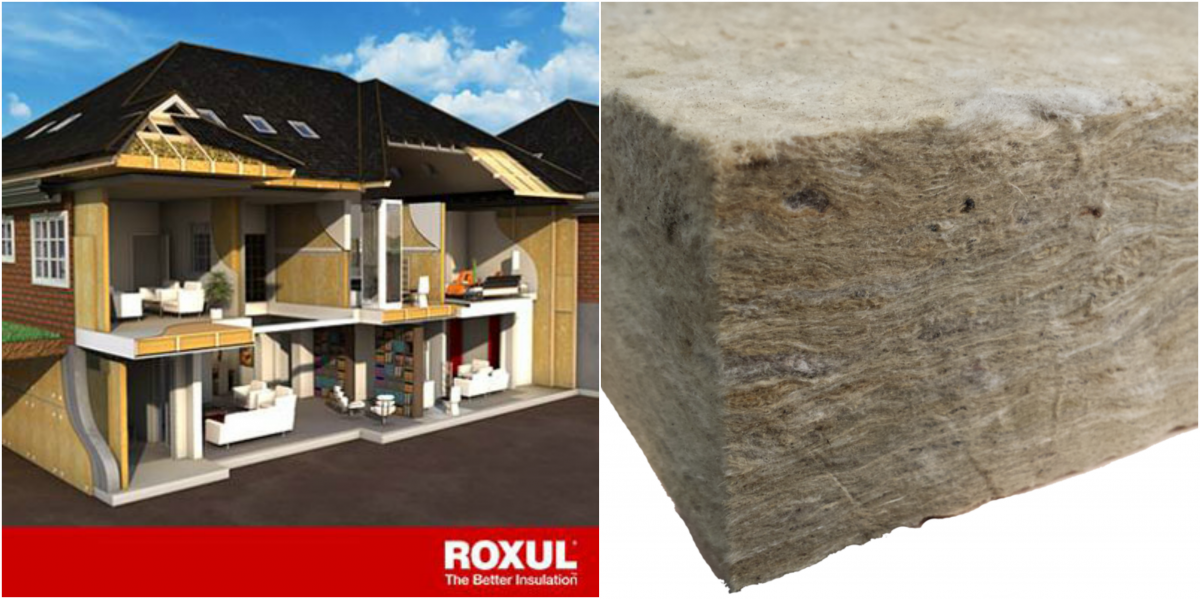Tag: mineral wool
-

Mineral Wool Insulation: The Naked Truth
Let’s face it. Life is hard. Sometimes, pressures of work, family and bills can kick us in the teeth. And some days, we’re counting down the minutes to get home, kick off our shoes and chill. Maybe relax to some music or zone out with some Netflix. Better still, remove the confines of the day…
